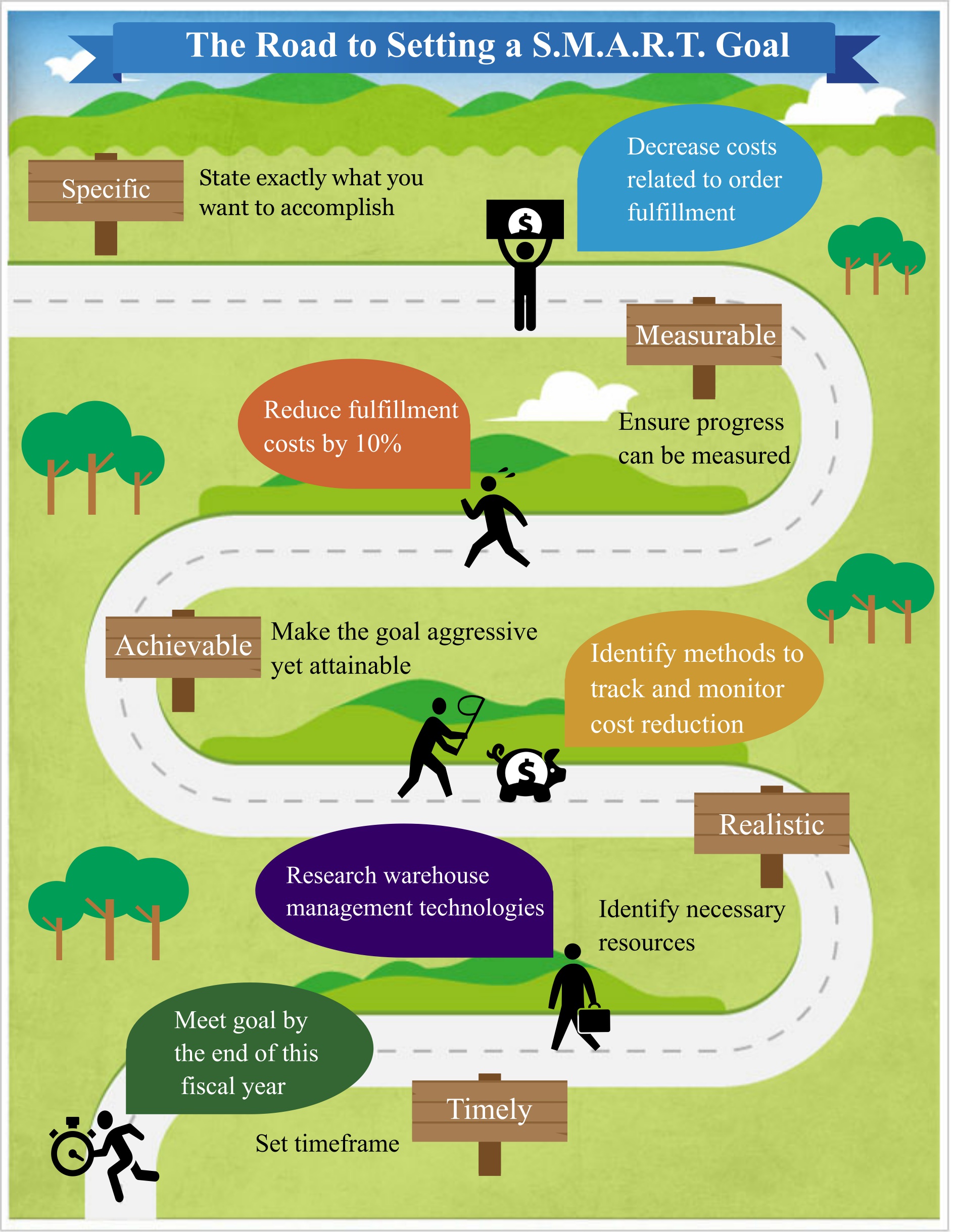
by Elizabeth Hines | Aug 10, 2015 | Blog, Content Marketing, Marketing, Strategy

Being in the strategic advisory space, I get a lot of exposure to various business strategies, strategic plans, and sales plans, both internally to organizations and from outsiders looking to raise money or gain influence.
When it comes to strategic planning, too often there is “creative accounting.” That is, the artful creation of financials that match and make numerical sense, but have very little credibility in the real world because the important business details are left out.
Businesses spend far too much time creating spreadsheets and devote too little time paying attention to information that really matters. As a result, any plan that cannot be substantiated outside of a spreadsheet is doomed to be discounted…and so are the presenters.
Don’t get me wrong, you need to have a financial base and rock solid financial modeling in your planning efforts. It is, however, equally important to spend time on building credibility in those numbers by focusing on what interested parties need to know outside of the spreadsheets in order to make an informed decision.
I encourage clients to focus on these 4 items in order to build credibility in their financial plans and create a winning business model:
1) What is the opportunity? What the business will sell, who is buying, why are they buying, how much are they buying now, and how much and how fast will their buying increase (or decrease) and why?
2) Who are the people involved? The internal team, the external team, any outside resources or partners providing key services or important resources, contingencies for the partnerships and the switching costs involved if needed.
3) The financial context. How will interest rates, buying trends, competition, demand, and for that matter, supply shape the financials of the plan.
4) The up-side and the down-side risk. What can go right or wrong, to what extent (up or down) and how will the team or company adjust to the increased revenue opportunity as well as the opposite…the decrease in the need for the product or service. Do these risks and rewards make sense in real world scenarios?
Gone are the days where financial engineers can develop models without operational integrity. Business models that make sense financially and operationally are now in vogue…thank goodness.
Fronetics Strategic Advisors is a leading management consulting firm. Our firm works with companies to identify and execute strategies for growth and value creation.
Whether it is a wholesale food distributor seeking guidance on how to define and execute corporate strategy; a telematics firm needing high quality content on a consistent basis; a real estate firm looking for a marketing partner; or a supply chain firm in need of interim management, our clients rely on Fronetics to help them navigate through critical junctures, meet their toughest challenges, and take advantage of opportunities. We deliver high-impact results.
We advise and work with companies on their most critical issues and opportunities: strategy, marketing, organization, talent acquisition, performance management, and M&A support.
We have deep expertise and a proven track record in a broad range of industries including: supply chain, real estate, software, and logistics.

![Supply Chain: 4 Essential Year End Questions to Ask Yourself [Infographic]](https://www.fronetics.com/wp-content/uploads/2024/10/SupplychainSMARTgoals-1080x675.jpg)
by Fronetics | Jan 14, 2015 | Blog, Leadership, Strategy, Supply Chain

Don’t start the year without asking these 4 essential questions.
Well, another year has come and gone. Out with the old, in with the new, right? Wait, not so fast. Don’t overlook the valuable information you can glean from conducting a year end review. Use these four questions as a guide to thoughtfully assess the past year. Then, read on to see how a few simple tasks can help shape your best year ever.
1. What were my biggest accomplishments this year?
Twelve months can seem like a long time when you consider everything that happened over the course of the last 365 days. Setting aside some time to review successful projects, notes of thanks from clients, or a particularly positive performance review reminds us what we’re capable of achieving and gives us a renewed sense of accomplishment.
Try this: This year, designate a file folder near your workspace to collect any materials or notes related to your successes as they occur. Doing so will make it easier for you to recall your accomplishments and provide quick access to a list of your achievements – helpful for a healthy dose of motivation or last-minute performance reviews.
2. How satisfied are you with the past year?
Were you successful in meeting the majority of your goals? Do you feel that you worked to your highest potential? Would you have done something differently? What about missed opportunities? Examining what went right and identifying areas for growth and opportunity are powerful exercises that both prevent the recurrence of negative behaviors and reinforce our commitment to our priorities.
Try this: Adding some context to your experiences presents a more accurate picture of your year by tempering unusual highs and lows. Thinking about your experiences of the past year in sum, try to assign a value to your entire year. How would you rate your year on a scale from 1 to 10? 1 to 100? Why?
3. Is my current daily routine structured to optimize time for my priorities?
It’s easy to fall victim to time suckers, especially when they become ingrained into your routine. Has your daily 15 minute coffee break gradually morphed into 25 minutes? Are your 10 minute “headline scans” now closer to 30 minutes? These small, seemingly innocent extensions can snowball into major time loss, causing unnecessary panic as you scramble to meet deadlines.
Try this: The start of a new year is a great time to reset (or rethink) our daily routines. Build activities into your day. If you’d like to continue your now-daily 25 minute coffee break, think about extending your work day by 25 minutes. Feeling like you can’t absorb everything news-worthy in less than 30 minutes? Set your morning alarm 30 minutes earlier so you can arrive to work having already completed your scan of daily headlines. By taking a hard look at where your time is actually going and then spending a few minutes realigning your daily routine with your priorities, you’re intentionally and consciously assigning time to the things you find the most important.
4. What is it that I want to achieve next year?
Each new year brings with it a renewed energy to being our best selves. In order to get started, we need to define our priorities and what our success will look like. Setting SMART goals, or goals that are specific, measurable, achievable, realistic, and timely, keeps us moving forward by providing detail and assigning accountability.
Try this: After reviewing your past year, set aside some time to consider what you’ll set out to achieve this year. Create a detailed roadmap to successful completion of your goals.
Use this infographic to help you set, and achieve your SMART goals.

How was your year in review? What were your biggest accomplishments? Are there any goals that you’ll carry over into the new year? Do you regularly set aside time at the close of a year to reflect? We’d love to hear what you do to reset for a new year.
![Supply Chain: 4 Essential Year End Questions to Ask Yourself [Infographic]](https://www.fronetics.com/wp-content/uploads/2024/10/SupplychainSMARTgoals-1080x675.jpg)
by Fronetics | Jan 14, 2015 | Blog, Leadership, Strategy, Supply Chain

Don’t start the year without asking these 4 essential questions.
Well, another year has come and gone. Out with the old, in with the new, right? Wait, not so fast. Don’t overlook the valuable information you can glean from conducting a year end review. Use these four questions as a guide to thoughtfully assess the past year. Then, read on to see how a few simple tasks can help shape your best year ever.
1. What were my biggest accomplishments this year?
Twelve months can seem like a long time when you consider everything that happened over the course of the last 365 days. Setting aside some time to review successful projects, notes of thanks from clients, or a particularly positive performance review reminds us what we’re capable of achieving and gives us a renewed sense of accomplishment.
Try this: This year, designate a file folder near your workspace to collect any materials or notes related to your successes as they occur. Doing so will make it easier for you to recall your accomplishments and provide quick access to a list of your achievements – helpful for a healthy dose of motivation or last-minute performance reviews.
2. How satisfied are you with the past year?
Were you successful in meeting the majority of your goals? Do you feel that you worked to your highest potential? Would you have done something differently? What about missed opportunities? Examining what went right and identifying areas for growth and opportunity are powerful exercises that both prevent the recurrence of negative behaviors and reinforce our commitment to our priorities.
Try this: Adding some context to your experiences presents a more accurate picture of your year by tempering unusual highs and lows. Thinking about your experiences of the past year in sum, try to assign a value to your entire year. How would you rate your year on a scale from 1 to 10? 1 to 100? Why?
3. Is my current daily routine structured to optimize time for my priorities?
It’s easy to fall victim to time suckers, especially when they become ingrained into your routine. Has your daily 15 minute coffee break gradually morphed into 25 minutes? Are your 10 minute “headline scans” now closer to 30 minutes? These small, seemingly innocent extensions can snowball into major time loss, causing unnecessary panic as you scramble to meet deadlines.
Try this: The start of a new year is a great time to reset (or rethink) our daily routines. Build activities into your day. If you’d like to continue your now-daily 25 minute coffee break, think about extending your work day by 25 minutes. Feeling like you can’t absorb everything news-worthy in less than 30 minutes? Set your morning alarm 30 minutes earlier so you can arrive to work having already completed your scan of daily headlines. By taking a hard look at where your time is actually going and then spending a few minutes realigning your daily routine with your priorities, you’re intentionally and consciously assigning time to the things you find the most important.
4. What is it that I want to achieve next year?
Each new year brings with it a renewed energy to being our best selves. In order to get started, we need to define our priorities and what our success will look like. Setting SMART goals, or goals that are specific, measurable, achievable, realistic, and timely, keeps us moving forward by providing detail and assigning accountability.
Try this: After reviewing your past year, set aside some time to consider what you’ll set out to achieve this year. Create a detailed roadmap to successful completion of your goals.
Use this infographic to help you set, and achieve your SMART goals.

How was your year in review? What were your biggest accomplishments? Are there any goals that you’ll carry over into the new year? Do you regularly set aside time at the close of a year to reflect? We’d love to hear what you do to reset for a new year.
by Elizabeth Hines | Aug 7, 2013 | Blog
In NBC’s comedy Outsourced,Todd Dempsy (Ben Rappaport) moves to India to manage the company’s newly outsourced call center. When he meets the team he will be managing he discovers that they have little to no understanding of the product-line and how to engage with customers in a culturally appropriate manner. The show is a great illustration of the need to give serious thought to: 1) Should I outsource?; and 2) To/with whom?
While outsourcing is fast becoming the successful business battle cry, it is not the panacea. You need to determine your company’s core competencies and how you can deliver the best value to your customers. Are there services at which your company does not excel, or non-critical services which could be carried out more efficiently/effectively if the service were outsourced? If so, you may want to think about outsourcing.
Look before you leap
However, before making the decision to outsource, consider the hidden and long-term costs which can potentially be expensive. Additionally, it is important to weigh the risks of losing customers or market share.
Acquisition?
If, through evaluation and analysis of your core competencies and value proposition, you believe you have the capability but not the technology, you may want to consider acquisition. Explore the competencies of small and/or niche companies in the technology, logistics, and supply chain industries. There are many such companies that have unique capabilities in terms of technology, talent, and/or customer depth or growth. Would acquisition make more sense than outsourcing? How would this impact your company? Your customers?
If you do decide to outsource, think carefully about what company you want to partner with. I’ve previously written about what to consider when choosing a partner.
by Elizabeth Hines | Oct 17, 2012 | Blog
During the fall quarter, most companies start focusing on how they will close their year (in terms of revenue and gross profit) as well as beginning the process of updating their sales (revenue) targets for the following year. It’s also the time that management drops the “stretch-goals” bomb or what one mentor of mine used to like to call “BHAG” sales target (Big-Hairy-Audacious-Goal). Although I am in favor of pushing the limits of my team, these stretch-goal methodologies rarely work as designed and because they are structured as “win big or lose big”, in most cases have a real demotivating effect on your teams and organization. Focusing on these four areas will lead you to better results, more consistent targeting, and a team that is motivated for the long run.
- Once you have abandoned your stretch goal mentality, look at the current state of your business and define your desired sales/revenue outcome based on this knowledge. Yes, this is much harder than saying, “my boss says to grow by 30%”, but the deep understanding of you current state will lead your organization stop focusing on the numbers to achieve and start focusing on the process of achievement. This is the hardest and most detailed step.
- Once you have established the current state and desired outcome; break up these revenue/sales numbers and the process to get them into small chunks. By doing this, you establish a pattern of smaller wins / process goal attainment. In the end, you will have developed a culture of winning and/or adjustment instead of an “all or nothing” mentality.
- Now build in a system that rewards superior behavior and discourages falling short. I am not talking out of both sides of my mouth here and this is why. You will still have the over-achievers….they need to feel fairly treated for being better than average. You will have folks who fall short…they need redirection and course correction (maybe even managed out of the business). Remembering that since these are “small chunks” your team never gets too far behind before a correction can occur and your top performers are still treated as stars.
- Lastly, develop a culture of “adjustment”, both up and down. Most teams are used to a big target at the beginning of the year that never adjusts….you win or you lose….and so does your company. I think we all know the reality is that in the current economic environment, it’s not that simple. Having the ability to adjust as your “knowledge of the current state” becomes definite allows you to throttle up when you can and down when you have to.
One word of caution, if you try this approach you need to commit all the way. A half attempt at this would be disastrous. You need to commit to change in order to change your culture and to get the results that you want. One last thing, if you are like me, you are now saying to yourself, “that’s all well and good, but my external stakeholders (lenders, principles, shareholders, managers, etc.) aren’t sympathetic to this type of curved lined forecasting”. I get that too. The answer is simple. Once have your current state defined and your desired outcomes articulated, take a conservative approach to this forecast and decide whether it is good enough for your external stakeholders. If it is, you have your worst case scenario that should only be effected by upside surprises. If it’s not, no hoping or praying for you to achieve your stretch goals is going to make it any prettier in the long run. Make the strategic adjustments now and be better off at the end of the year.



![Supply Chain: 4 Essential Year End Questions to Ask Yourself [Infographic]](https://www.fronetics.com/wp-content/uploads/2024/10/SupplychainSMARTgoals-1080x675.jpg)

